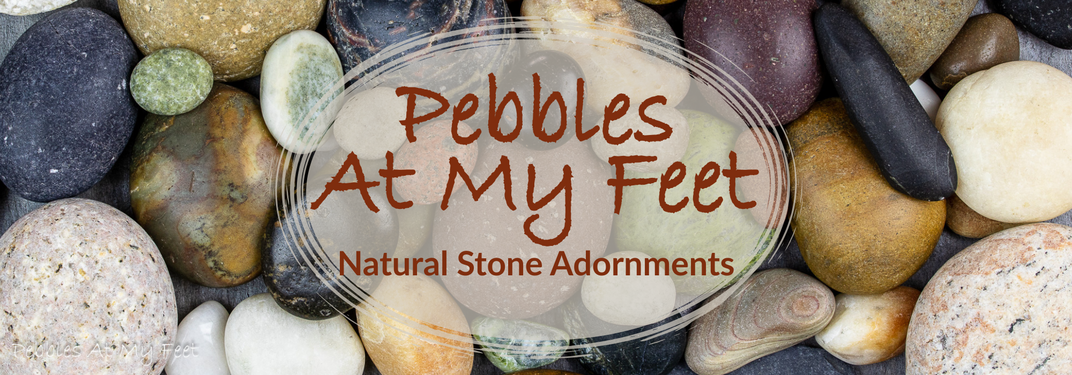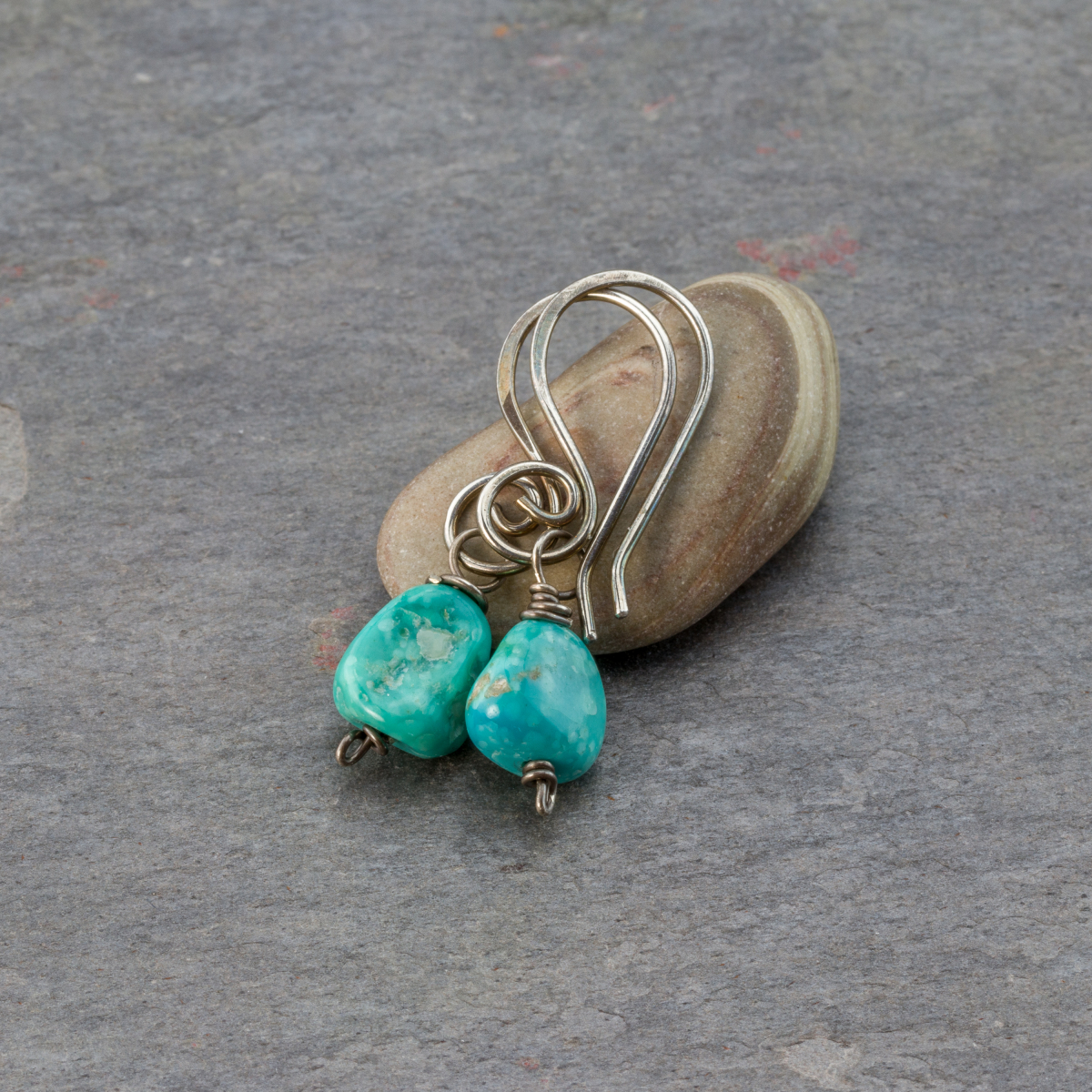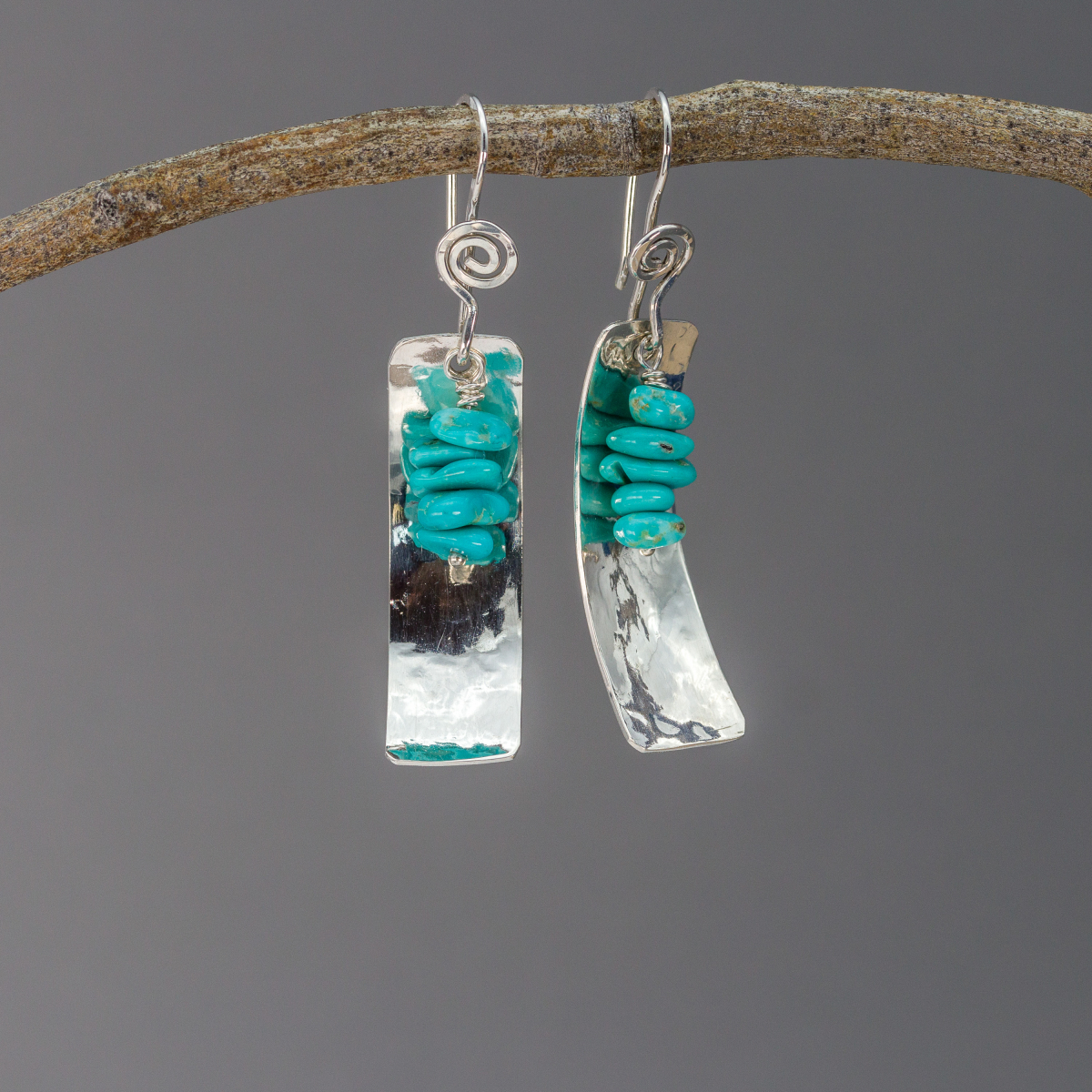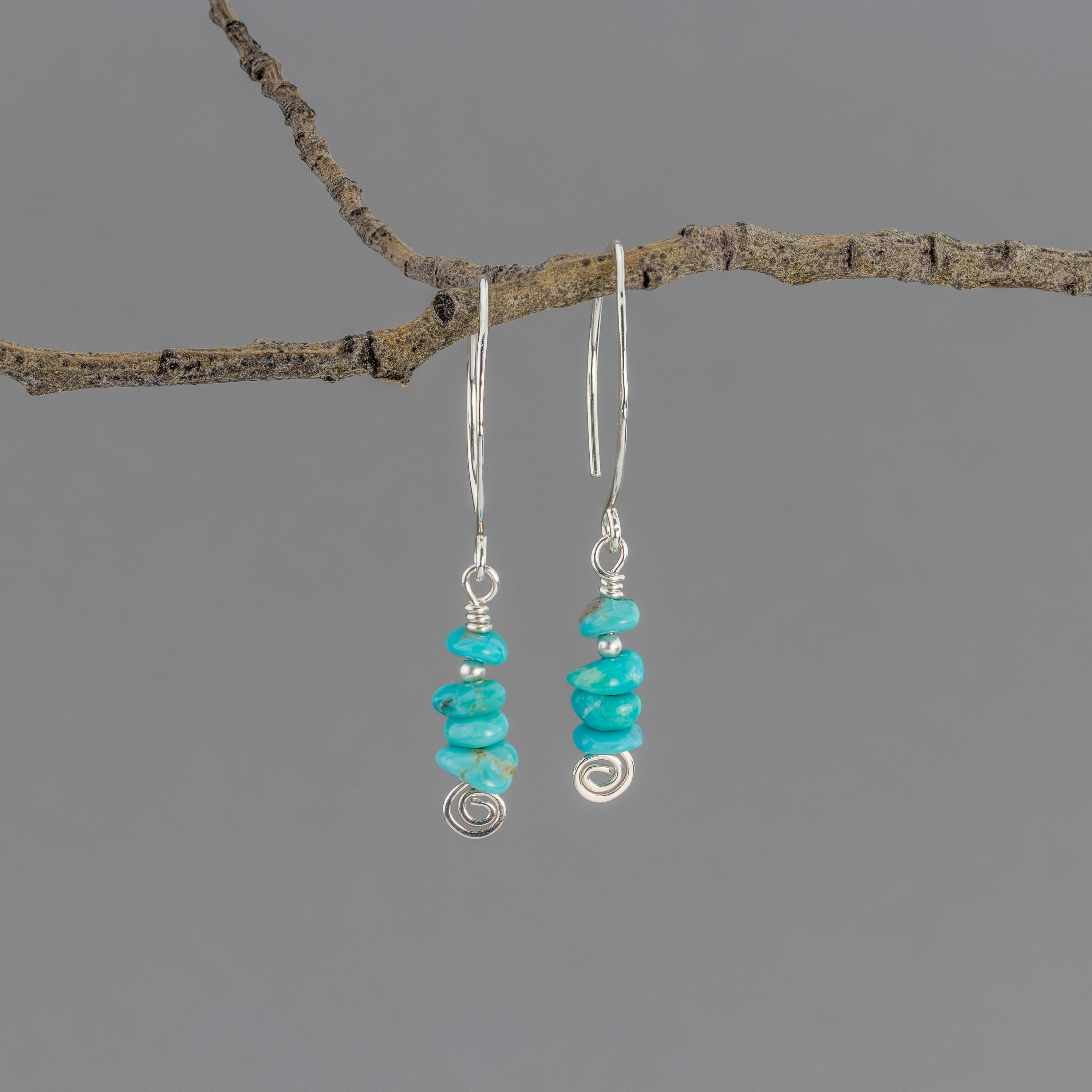
There are few things that make my heart sing like turquoise. Just looking at my stash of turquoise beads makes me happy. And yet, I don’t make a lot of straight out turquoise jewelry. I just might be a turquoise bead hoarder.
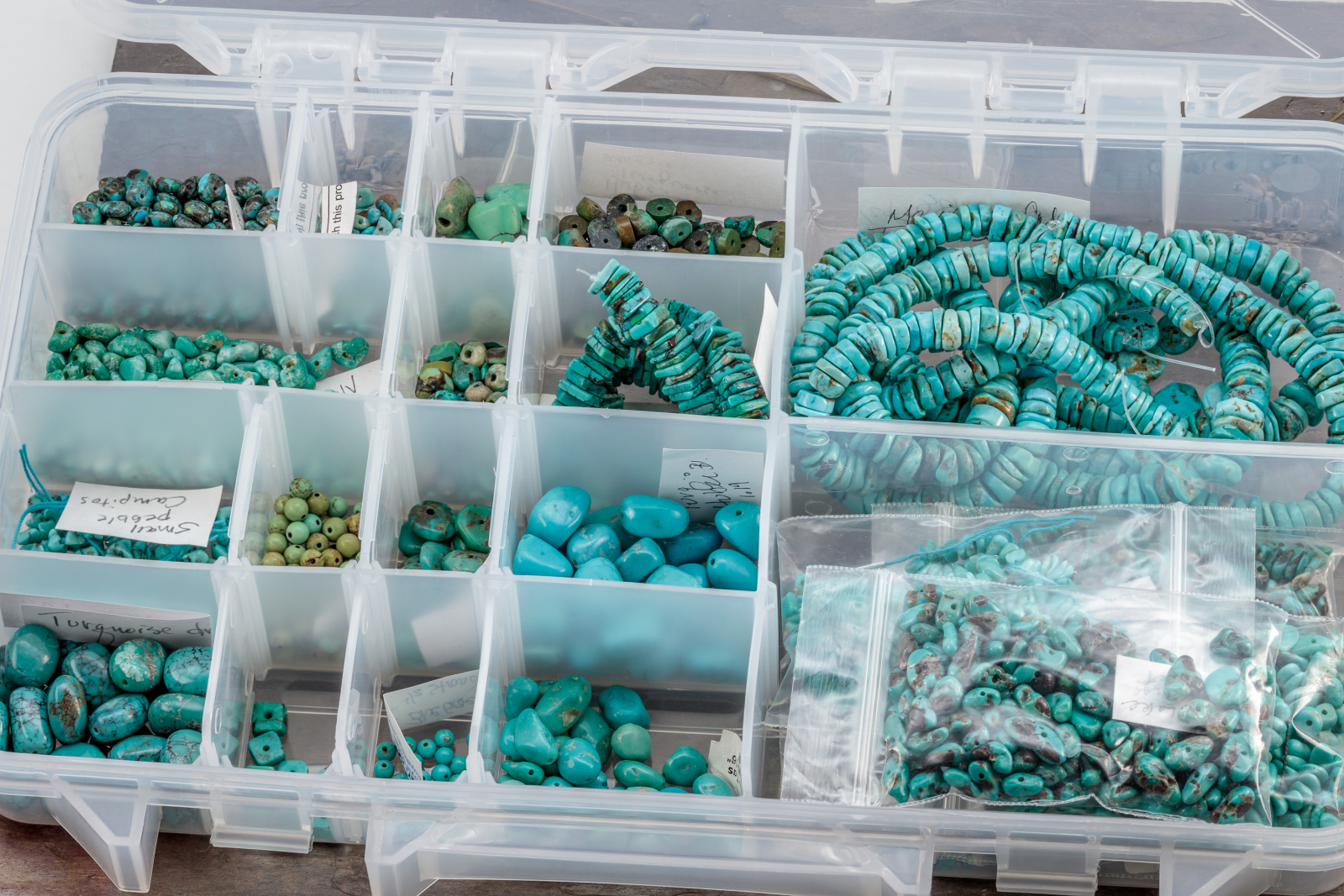
Turquoise! My very own turquoise treasure box.
This thought crossed my mind when I received my latest fix: a trio of rustic cut rondel strands in lovely seafoam and sky blue shades made from Mexican turquoise. These gorgeous stones I learned are a mixture of mostly Sonoran (Mexico) mines. Purposefully mixed for the range of colors expressed. Pale sky – almost lavender – blue, robin’s egg, seafoam, and slightly blue green shades are all represented. It made me giddy! I spent a delightful half-hour or so rearranging my beads and examining how the new ones enhance the stash.
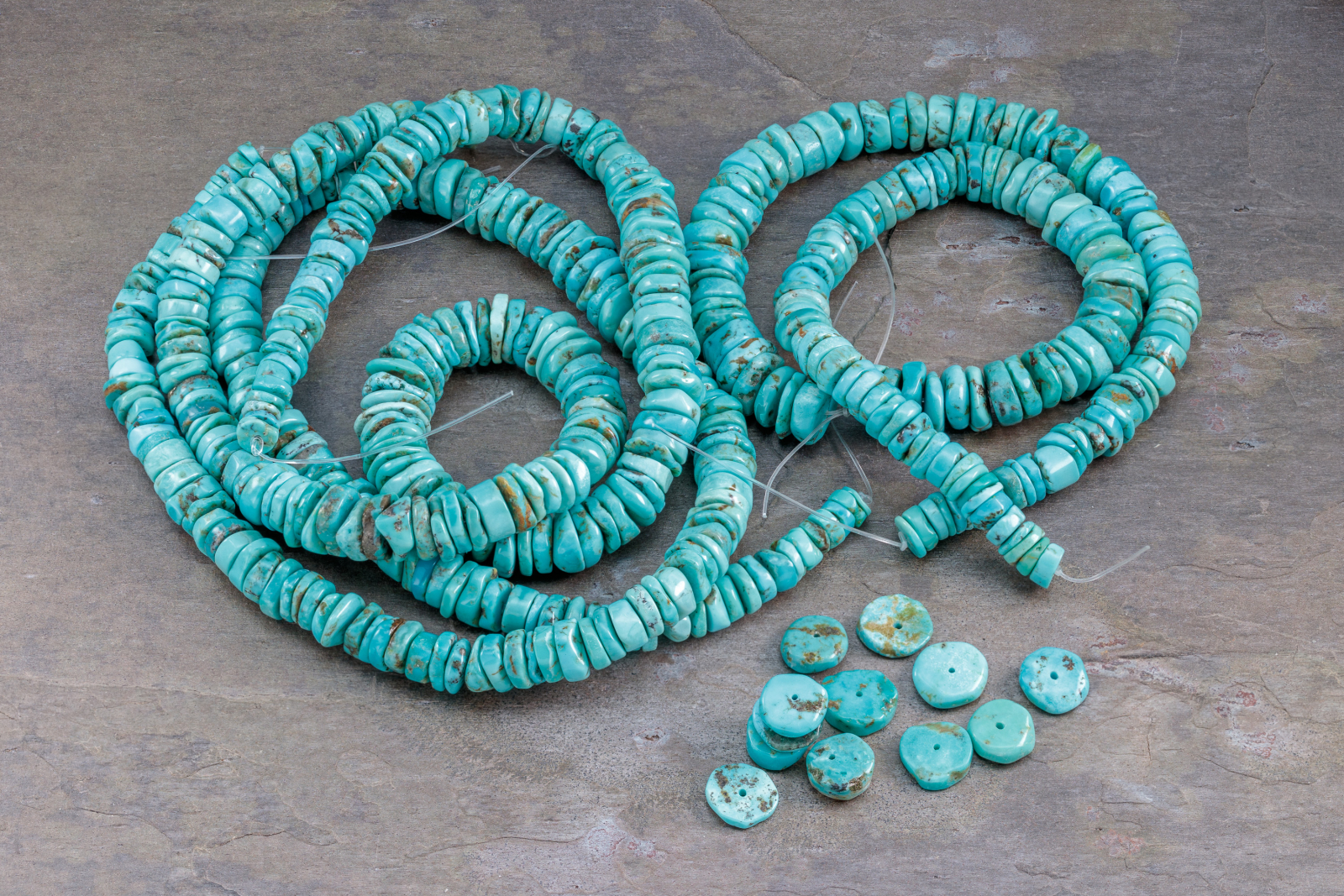
Mexican turquoise rustic disc rondels from a mix of mostly Sonoran Mines
I now have a nice collection of this historic gemstone sourced from American mines (US and Mexico). So today’s post will discuss these and show some examples.
A great source of information on American turquoise mines past and present is the website of Durango Silver Company. (See link below). You can read about the history of turquoise mining in the American Southwest. It is believed that early native peoples have mined turquoise for 2000 years or more. In the now United States, the oldest mines were in New Mexico in the Cerillos hills. In modern times, the gemstone was never really mined on large commercial scale (with the exception, perhaps, of the Sleeping Beauty mine in Arizona) rather it was discovered in the dumps or tailings from copper mining and “mined” by copper miners carrying it out in their lunchpails.
American turquoise today is mined by mostly small operations on private claims and leases and is found in California, Nevada, Utah, Arizona, Colorado, New Mexico, and Sonora (primarily), Mexico. I’ve discovered some reliable sources that truly care about the provenance of the stones they trade. It’s interesting to learn about and as I do, I’ll share more with you. If you are on Instagram and have an interest in acquiring (or admiring!) turquoise check out @thecabochoncowboy a bead source and lapidary with a true love of turquoise, @crystaldig for a miner's perspective, and @gypsyjewelers for more US turquoise. There are lots of lapidaries also who either rockhound or carefully source their turquoise rough with beautiful cabs for sale who show their work on Instagram. That could be a whole other post.
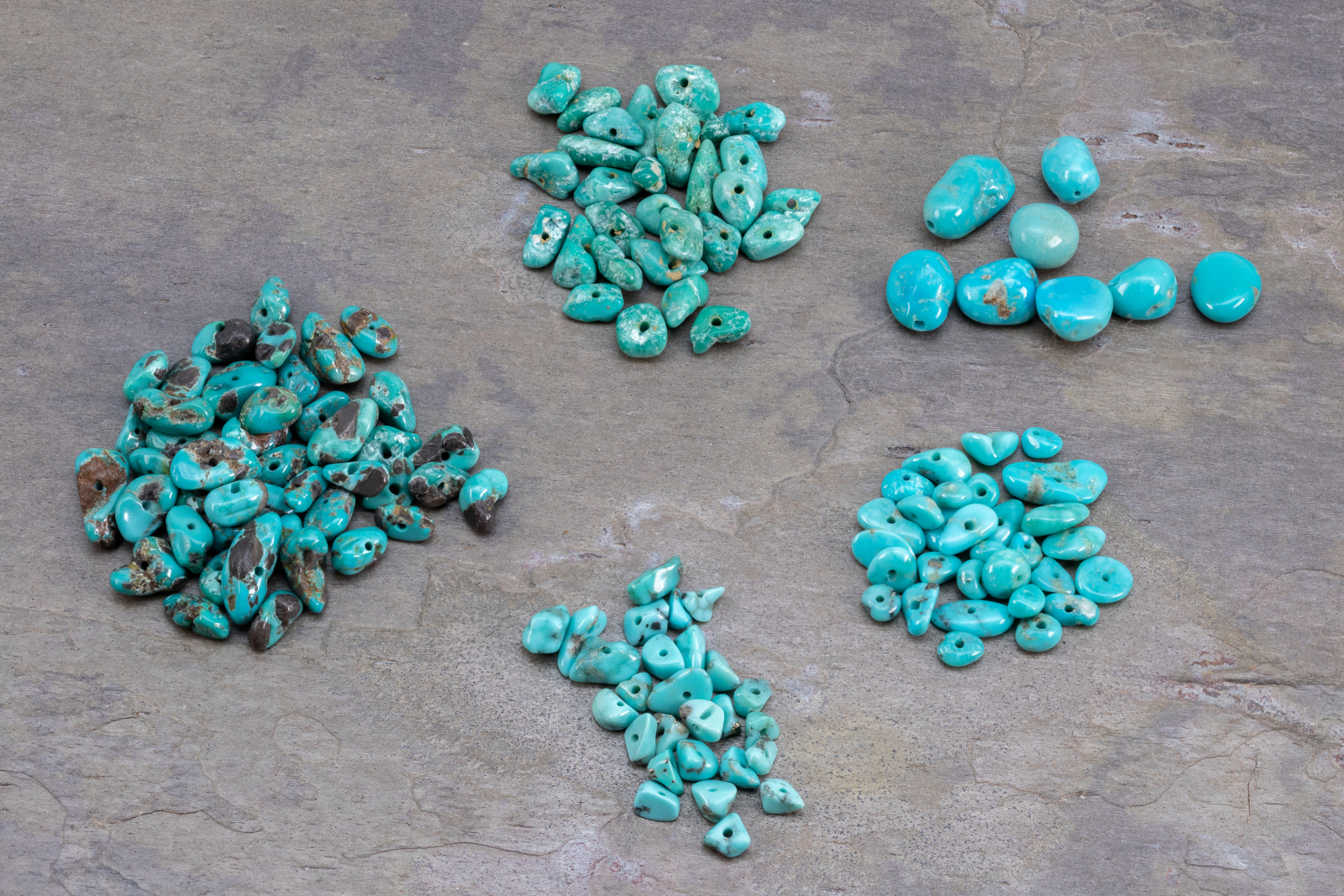
American turquoise beads in my collection. Clockwise from top center: Fox Mine Nevada, Sleeping Beauty Mine Arizona, Campitos Sonora Mexico, Campitos turquoise with pyrite, Carico Lake Nevada
Campitos turquoise From Sonora, Mexico near Cananea, the Campitos mine has been in production since the 1980s. The stone displays really pretty blue color, sometimes with metallic pyrite inclusions.
Carico Lake turquoise From a dry lake bed in Nevada, this turquoise is prized for its webbing (matrix patterns) and sometimes intense green colors. Turquoise from this region in Nevada, USA, was formerly sold as Stone Cabin and Aurora turquoise.
Fox Turquoise From Lander county Nevada, the Fox mine was once called the Cortez mine and has been in operation since the early 1900’s. Fox turquoise ranges from green to aqua blue and goes by several names today: White Horse, Green Tree, Smith, and Fox.
Sleeping Beauty turquoise Sleeping Beauty is perhaps the best known American turquoise. Prized for its intense blue color and very little veining, it was named for a mountain near Globe Arizona, that looks like a woman, laying on her back with arms crossed, like Sleeping Beauty in the fairy tale. The Sleeping Beauty mine pulled copper and turquoise from the ground for over 40 years. Since 2012, it has been focused only on copper. The Sleeping Beauty turquoise sold today is from the limited supply of rough material mined during the heyday.
I use a lot of chips and small nugget beads in my jewelry. My reasoning is that a stack or row of chips can give equivalent color/design impact to a larger cut stone, and show the range of color and of character of the stone at an affordable price point. I’m delighted that I now have so many options to work with in my turquoise treasure box.
North American Turquoise Jewelry available at Pebbles At My Feet. Featuring (from left to right) Sleeping Beauty, Campitos, Carico Lake turquoise. Click on the photo to learn more or purchase.
There are so many more varieties of turquoise from North America, but these are the ones that I have right now.
The subtle and not so subtle differences between turquoise is better appreciated with stones cut as cabochon rather than as beads. I’m sure I’ll catch the bug to acquire “varietal” turquoise cabs at some point. Some I'd like to have are Kingman, Bisbee, and Morenci from Arizona; Royston, Lander Blue, and Pilot Mountain from Nevada, and Cripple Creek from Colorado to name just a few.I'll update you when I do.
Until then, if you love turquoise, peruse some of these websites for more information about beautiful turquoise gemstones from North America. You are sure to find a new favorite.
https://www.durangosilver.com/jewelry-learning-center.html
https://waddellgallery.com/pages/turquoise-materials
https://www.rincontrading.com/blog/campitos-turquoise-from-sonoramexico/
http://www.turquoisebible.com/turquoisemines.htm
Thank you for stopping by. If you have a favorite turquoise, or you learned something from my post, drop a comment below. That would make my day.
Pamela
Pebbles At My Feet Natural Stone Adornments
Interact with my social media pages
